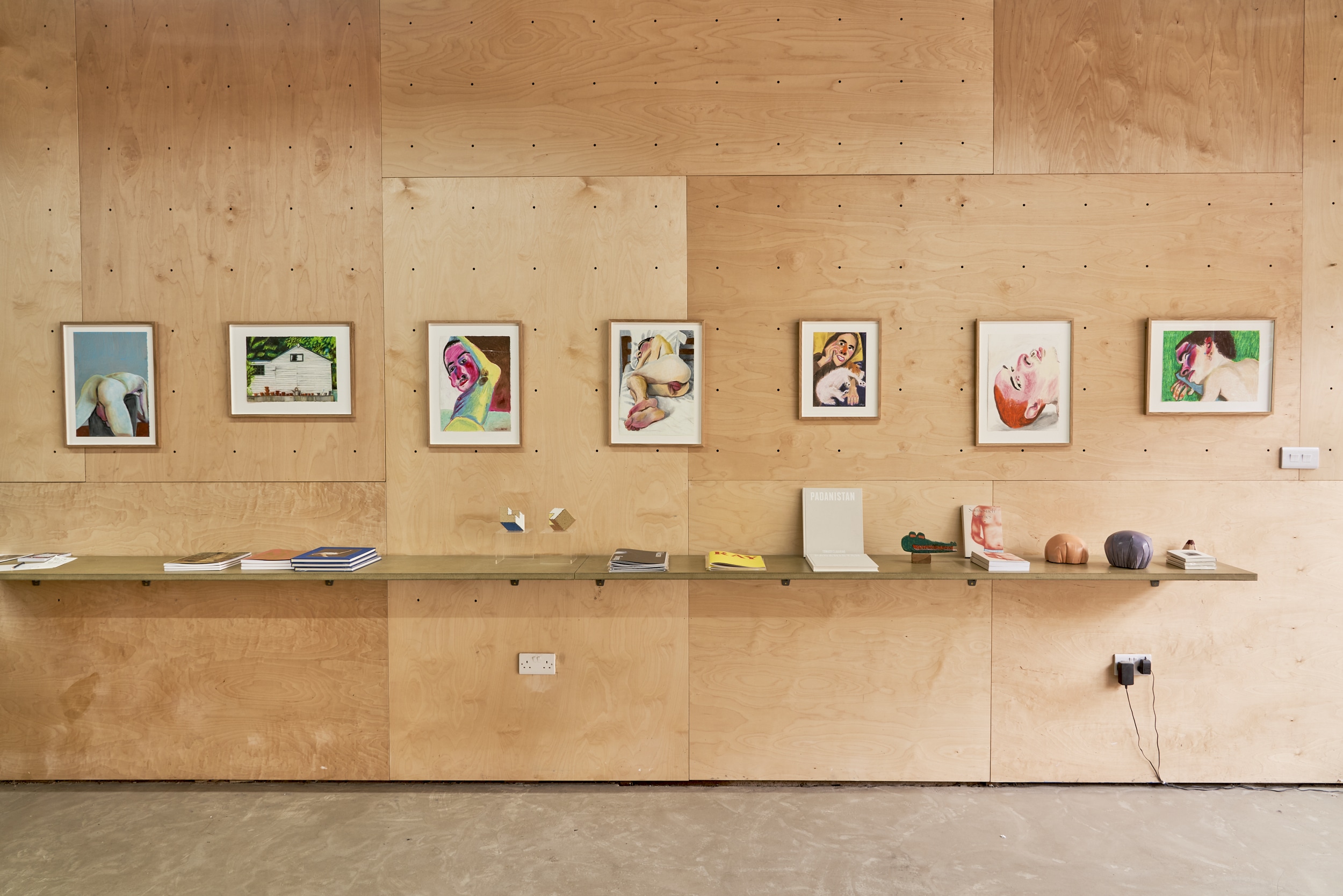Art collectors, dealers and many artists themselves have a tendency to group particular works of art into genres, movements or styles.
This means that, in spite of an artist’s unique touches and bespoke framing, art is grouped by its connecting tissue and most clear influences, motifs and techniques, with a clear lineage that can span decades, if not centuries.
An example of this in action is Impressionism, where the common and clear connection is a devotion to the concept of artistic realism, typically in the form of reflections of light, colour and the depiction of “ordinary scenes”.
Despite this, the Impressionists were still influenced by those works that had come before as a result of their training and interactions with the artistic community.
If this is the case, why does an artistic “movement” that is the almost diametric opposite in that it has no centre, no influences and no relationship or even knowledge of artistic tradition manage to fascinate art collectors and lead to big ticket sales?
This is the story of the rise of Art Brut, often known as Outsider Art.
Raw And Naive
Without getting into pedantry and classifying the earliest discovered cave paintings as “outsider art” due to a lack of artistic tradition, Art Brut or “raw art” is defined as artists who
make their art outside of any conventional academic tradition.
Initially, the term, coined by avant-garde artist Jean Debuffet (1901-1985), was used to define artists that had not had their more idiosyncratic artistic tendencies “cooked” out of them through art school, competitions, creating works for galleries and eventually museums.
He initially used a particularly specific definition that was limited to self-taught artists often at the fringes of society, such as spiritualists, hermits, isolated members of isolated communities and people who had been institutionalised before widespread worldwide mental health reforms.
The modern definition is much broader and the term is often used interchangeably with outsider art.
In 1948 he sought to curate a collection of Art Brut works and worked with Surrealist pioneer André Breton and structuralist Claude Levi-Strauss, who would later develop the theory of binary oppositions in myth and literature.
The Compagnie de l’Art Brut in Lausanne was set up based on a belief that works created purely by creative impulse and free from the influence of other artists are more pure and thus more precious and artistically valuable than works that are endemic to a particular movement.
Because most art brut artists are by definition outsiders to society, many of them are only recognised at or close to death, as was most famously the case with American artist Henry Darger (1892-1973).
Mr Darger was a social recluse and had spent time in institutions before moving to Chicago and living a secret creative life for over 40 years.
During this time, he wrote and illustrated a 15,000-page mixed-media novel entitled The Story of the Vivian Girls, in What Is Known as the Realms of the Unreal, of the Glandeco-Angelinnian War Storm, Caused by the Child Slave Rebellion.
It was only discovered months before he died in 1972, and when his landlord Nathan Lerner found it, he allegedly said it was “too late now” and told him to throw it all away.
He has since become the archetype of the outsider artist and highlights what is possible in art when someone does not even realise that there are rules out there to break.
